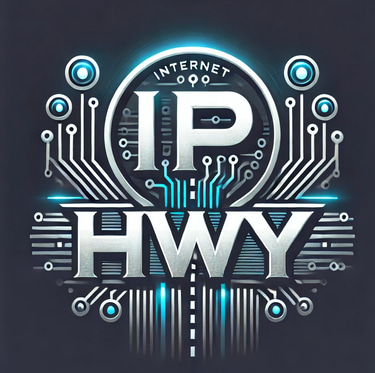Staying Ahead: The Latest Trends in Cybersecurity for 2025
Jim Leone
1/16/20252 min read
Cybersecurity remains a critical focus as threats grow more sophisticated and pervasive. Organizations are doubling down on innovative solutions to safeguard their data, systems, and users.
Here are the key cybersecurity trends shaping the landscape in 2025:
1. AI-Powered Threat Detection and Response
Cyberattacks are evolving rapidly, often leveraging artificial intelligence to bypass traditional defenses. Malicious actors use AI to create highly targeted phishing attacks, automate malware development, and identify system vulnerabilities at unprecedented speeds. In response, organizations are deploying advanced AI-driven tools for threat detection and response. These systems excel at:
Real-Time Analysis: AI tools analyze massive datasets from network traffic, user behavior, and system logs to detect anomalies that signal potential threats.
Predictive Analytics: By identifying patterns and trends, these tools can forecast potential attack vectors and proactively strengthen defenses.
Automated Incident Response: AI can automate initial responses, such as isolating compromised systems, blocking malicious IPs, and alerting security teams.
As AI technologies mature, the emphasis will be on ensuring ethical use, reducing false positives, and continually training AI models to adapt to emerging threats.
2. Zero-Trust Architecture as Standard
The zero-trust model has transitioned from a buzzword to a cybersecurity standard. By verifying every user and device attempting to access a network, zero-trust architecture minimizes risks associated with insider threats and compromised credentials. Businesses are investing heavily in micro-segmentation, multi-factor authentication (MFA), and identity and access management (IAM) solutions to fortify their defenses.
3. Quantum-Resilient Cryptography
With advancements in quantum computing, traditional encryption methods are at risk of becoming obsolete. Organizations are proactively exploring quantum-resistant cryptographic algorithms to ensure their data remains secure in a post-quantum era. This shift is crucial for industries like finance, healthcare, and government, where data protection is paramount.
4. Supply Chain Security
The SolarWinds breach and other high-profile supply chain attacks have highlighted the vulnerabilities in third-party systems. In 2025, businesses are focusing on securing their supply chains by enforcing stringent vendor risk assessments, implementing continuous monitoring, and adopting standards like the NIST Cybersecurity Framework. Enhanced transparency and collaboration with suppliers are key to mitigating risks.
5. Cybersecurity for Remote and Hybrid Work
The persistence of remote and hybrid work models has expanded attack surfaces, making endpoint security a top priority. Secure Access Service Edge (SASE) solutions, virtual private networks (VPNs), and endpoint detection and response (EDR) tools are essential for protecting distributed workforces. Cybersecurity training for employees also plays a vital role in reducing human error.
6. Ransomware Defense and Recovery
Ransomware attacks continue to escalate, targeting organizations of all sizes and industries. These attacks are increasingly sophisticated, often involving double-extortion tactics where attackers not only encrypt data but also threaten to release sensitive information if demands aren’t met. To counter this:
Proactive Measures: Organizations are deploying endpoint detection tools, conducting regular vulnerability assessments, and segmenting networks to contain potential breaches.
Backup Strategies: Immutable backups, air-gapped storage, and frequent testing of recovery processes are critical components of a robust defense strategy.
Collaboration: Businesses are joining forces with industry groups and law enforcement to share threat intelligence and coordinate responses.
Cyber insurance policies are being reevaluated as ransomware incidents increase. While these policies can help mitigate financial impacts, insurers are demanding stricter security protocols before providing coverage.
7. Regulatory Compliance and Privacy Laws
As data privacy regulations expand globally, businesses must adapt to a complex web of compliance requirements. From GDPR in Europe to CCPA and CPRA in the United States, organizations are prioritizing data governance and ensuring transparency in their data practices. Failure to comply can lead to hefty fines and reputational damage.
The Path Forward
Cybersecurity is no longer a reactive endeavor; it’s a proactive and integral part of business strategy. Organizations must stay ahead by embracing cutting-edge technologies, fostering a culture of security awareness, and remaining adaptable to emerging threats. By doing so, they can protect their assets, customers, and reputations in an increasingly digital world.
How is your organization preparing for the cybersecurity challenges of tomorrow?
The IP HighWay
Stay updated with the latest IT security news.
info@iphwy.com
© 2025. IPHwy LLC. All rights reserved.



